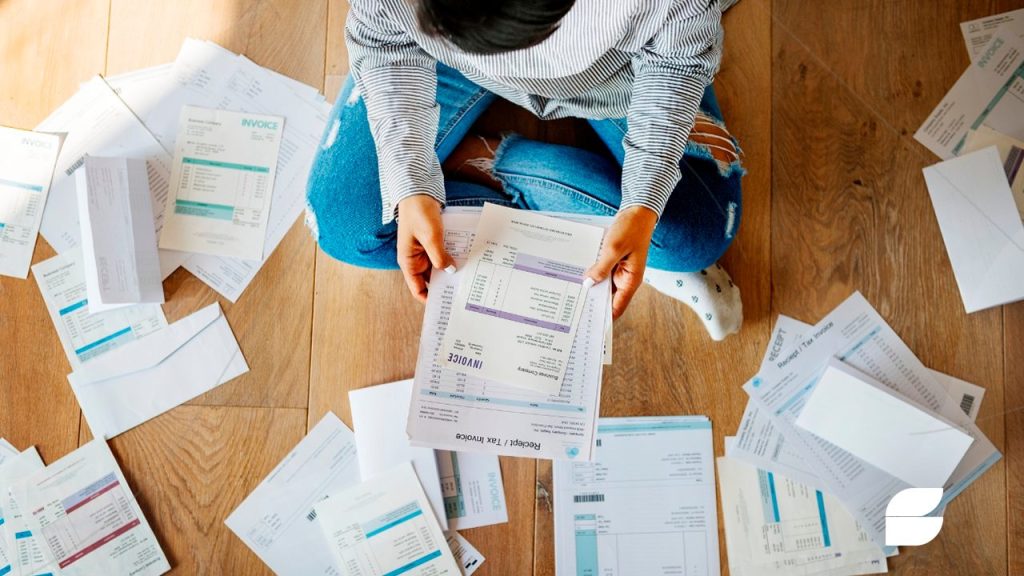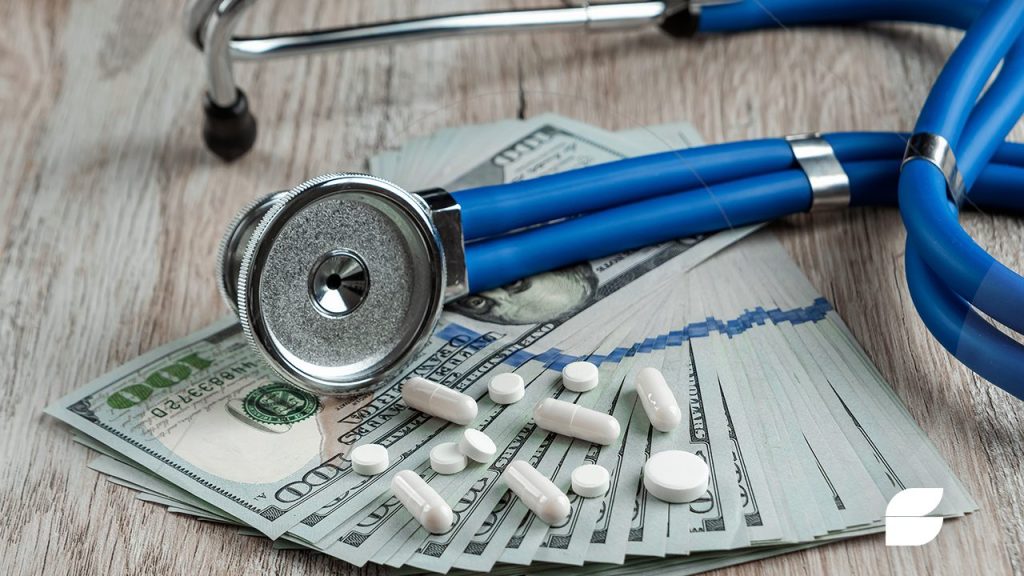Medical debt can be overwhelming, especially when dealing with unexpected bills and navigating insurance complexities. Millions of people face substantial medical expenses each year, which can lead to financial stress and, if left unpaid, can harm credit scores. However, you’re not alone—there are practical ways to handle and even eliminate medical debt. From negotiating with healthcare providers to considering specialized financial assistance programs, various options can help you regain control.
This guide explores eight strategies for managing and paying off medical debt, empowering you to take charge of your finances without sacrificing your wellbeing.
1. Review and Understand Your Medical Bills

Before making any payments, carefully review your medical bills to ensure accuracy. Medical billing errors are common, and simple mistakes can inflate costs. Take time to go over each line item, confirming services and treatments match what you received. Reach out to the billing department to clarify any discrepancies or inquire about any charges you don’t recognize.
By understanding your medical bills, you’ll avoid unnecessary payments and set yourself up for better negotiation opportunities.
2. Negotiate Your Medical Bills
If the total amount seems unmanageable, consider negotiating directly with the healthcare provider. Many hospitals and medical facilities are open to adjusting bills, especially if you explain your financial situation. Contact the billing office, ask for a discount, and explain any difficulties you’re facing in making the full payment.
Negotiation may reduce your total bill, sometimes significantly, making it more manageable and affordable.
3. Set Up a Payment Plan
Most hospitals and medical providers offer payment plans that allow you to pay off your balance over time, often with no interest. Discuss your payment options with the provider to arrange a plan that suits your budget. This approach breaks down a large bill into smaller, more manageable monthly payments.
Payment plans are especially useful for avoiding credit card interest or high-interest loans, making this a cost-effective way to pay off medical debt.
4. Apply for Financial Assistance Programs
Many healthcare facilities provide financial assistance programs for individuals with low income or financial hardship. If your income qualifies, these programs may cover part or even all of your medical bills. Nonprofit hospitals, in particular, are required to offer charity care or similar programs under federal law.
Contact the hospital’s billing office to inquire about eligibility for assistance, or check online to see what documents are needed for the application. These programs can be a significant lifeline, reducing your medical debt without additional financial burden.
5. Use a Medical Credit Card or Specialized Loan
Certain credit cards are designed specifically for medical expenses, offering flexible payment terms and lower interest rates. For instance, medical credit cards like CareCredit offer interest-free periods if the balance is paid off within a set time. Another option is a personal loan that can consolidate your medical debt at a lower interest rate.
However, be cautious with this approach, as failure to repay within the promotional period can lead to high interest. Only consider this if you have a steady repayment plan to avoid accruing additional debt.
6. Explore Health Savings Accounts (HSAs) or Flexible Spending Accounts (FSAs)
If you have access to an HSA or FSA through your employer, these accounts can be used to cover eligible medical expenses. HSAs, in particular, allow you to save pre-tax dollars, which can reduce your tax liability and help pay off medical bills.
Check with your employer or plan administrator for eligibility details and limitations, and review any unused funds that could go toward outstanding medical debt.
7. Seek Out Nonprofit and Charitable Organizations
Nonprofit organizations and charities often assist individuals struggling with medical debt. Organizations such as the HealthWell Foundation, PAN Foundation, and National Association of Free & Charitable Clinics offer financial help for medical expenses, particularly for those with chronic illnesses or high-cost treatments.
These organizations can help cover specific bills or assist with medications and treatment costs. Research charities in your area or nationally that may provide the support you need.
8. Consider Debt Settlement or Bankruptcy as a Last Resort

In cases where the debt is too overwhelming and other options have been exhausted, debt settlement or bankruptcy may be necessary. Debt settlement involves negotiating with creditors to reduce the amount owed, while bankruptcy provides legal protections that can eliminate qualifying debts.
These should be considered only as a last resort due to the long-term impact on your credit. Consulting with a financial advisor or debt counselor can help you assess the impact and guide you through the process if this route is unavoidable.
Conclusion
Medical debt can be challenging, but with the right strategy, you can take control of your finances and make steady progress toward paying off bills. From negotiating and exploring financial assistance programs to setting up payment plans, there are options tailored to different financial situations. Start by reviewing your medical bills to confirm accuracy, then take action based on your budget and available resources.
By taking a proactive approach and using the resources available to you, it’s possible to manage and even eliminate medical debt, giving you peace of mind and a clearer path forward.



 Revvi Visa: Tarjeta para Recuperar Crédito con Aceptación Global <p class='sec-title' style=' font-weight: normal; line-height: 1.9rem !important; font-size: 17px !important;'> Inclusión financiera para consumidores con crédito limitado, aceptación Visa, tarifas más altas y gestión digital </p>
Revvi Visa: Tarjeta para Recuperar Crédito con Aceptación Global <p class='sec-title' style=' font-weight: normal; line-height: 1.9rem !important; font-size: 17px !important;'> Inclusión financiera para consumidores con crédito limitado, aceptación Visa, tarifas más altas y gestión digital </p>  Credit Card Revvi Visa — Visión general, aceptación y características principales <p class='sec-title' style=' font-weight: normal; line-height: 1.9rem !important; font-size: 17px !important;'> Tarjeta accesible para la reconstrucción del crédito, amplia aceptación Visa, funcionalidades digitales y control financiero básico. </p>
Credit Card Revvi Visa — Visión general, aceptación y características principales <p class='sec-title' style=' font-weight: normal; line-height: 1.9rem !important; font-size: 17px !important;'> Tarjeta accesible para la reconstrucción del crédito, amplia aceptación Visa, funcionalidades digitales y control financiero básico. </p>  Discover Card: <p class='sec-title' style=' font-weight: normal; line-height: 1.9rem !important; font-size: 17px !important;'> Discover Card: </p>
Discover Card: <p class='sec-title' style=' font-weight: normal; line-height: 1.9rem !important; font-size: 17px !important;'> Discover Card: </p>